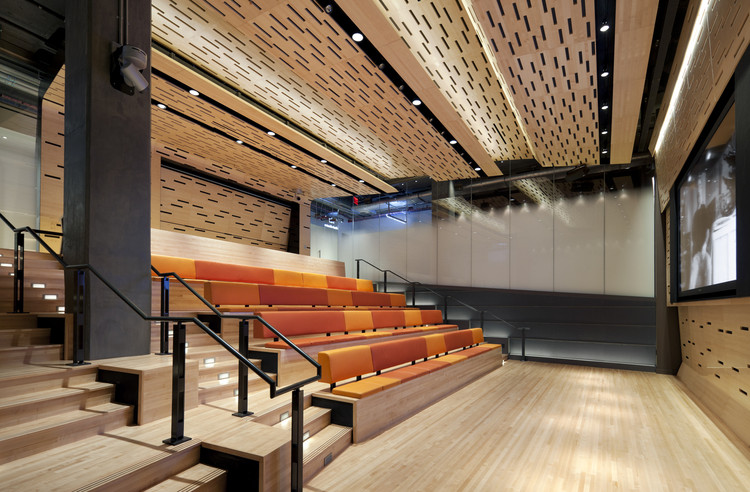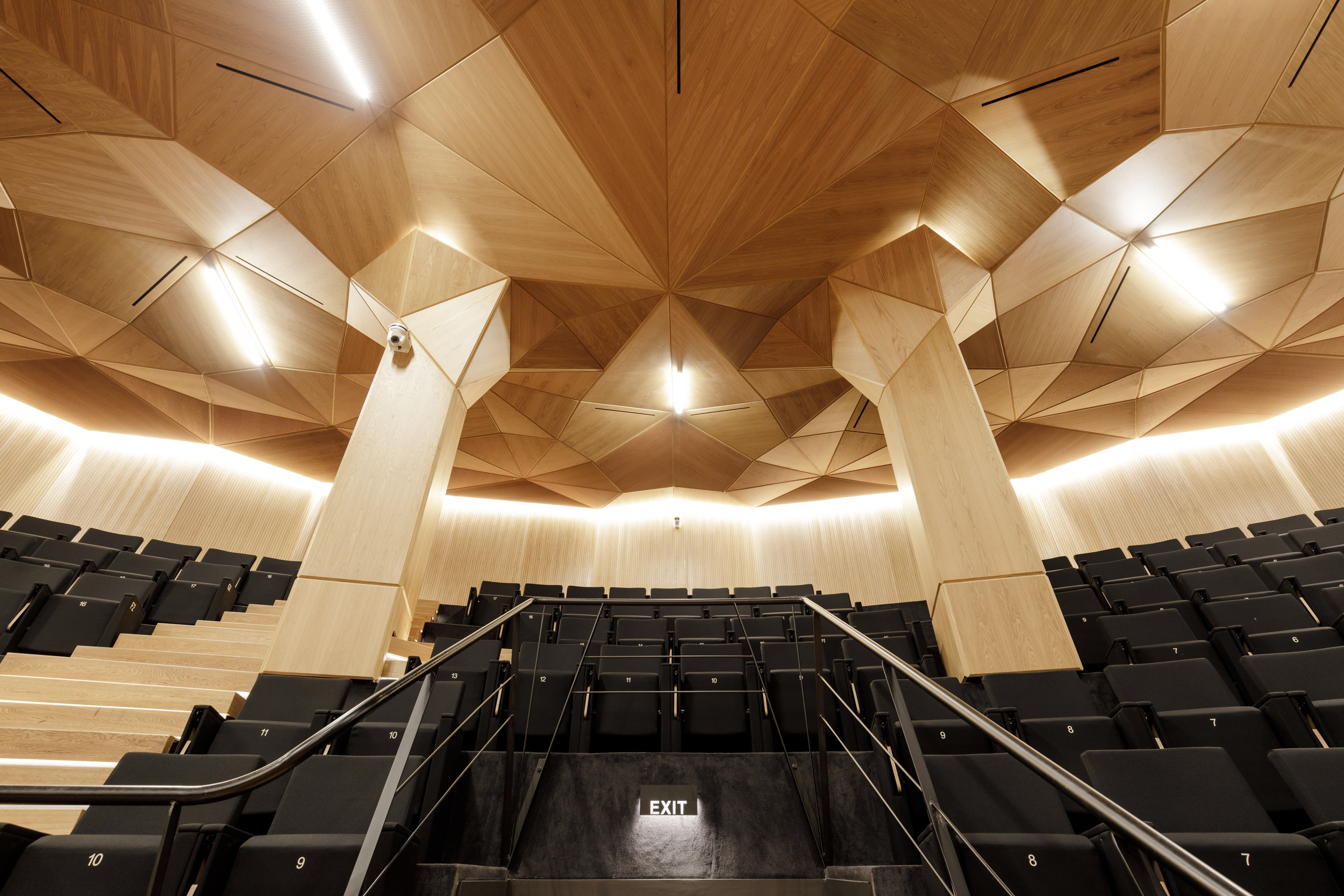Architectural acoustics is a crucial aspect of building design that focuses on creating interior and exterior spaces with optimal sound quality, clarity, and control. From concert halls and recording studios to corporate offices and residential environments, the strategic management of sound within architectural spaces greatly influences the overall experience and functionality of these areas. Architects and designers engage in a variety of techniques and solutions to ensure that sound is managed effectively, contributing to the comfort, functionality, and purpose of the built environment. Let’s explore the fundamental principles of architectural acoustics and its influence on space design.
Sound Reflection, Absorption, and Diffusion:
Architects consider the properties of surfaces and materials within a space to influence sound behavior. Reflective surfaces can enhance sound projection and clarity, while absorption materials, such as acoustic panels and ceiling tiles, help minimize reverberation and echo. Additionally, diffusive elements disperse sound waves, preventing the formation of acoustic “hot spots” and facilitating a balanced listening experience.

Noise Control and Sound Insulation:
Architectural acoustics address the control of unwanted noise to ensure a comfortable and productive environment. This may involve the implementation of sound insulation measures to prevent the transmission of noise between spaces, as well as the use of acoustic barriers and absorptive materials to mitigate external noise sources.
Room Acoustics and Spatial Design:
The layout and design of a space significantly impact its acoustics. Architects consider the volume, shape, and surface materials of a room to optimize sound characteristics, ensuring that reverberation times, speech intelligibility, and frequency response align with the intended use of the space, whether it be for speech, music, or other activities.
Integration of Acoustic Treatments:
Architects incorporate various acoustic treatments, including wall panels, acoustic ceiling clouds, and sound-absorbing materials, into the design to enhance sound clarity and reduce unwanted reverberation. These treatments are strategically positioned to shape the acoustical properties of the space, creating cohesive and balanced sound environments.
Performance Venues and Auditorium Design:
Architectural acoustics play a critical role in designing performance venues such as concert halls, theaters, and auditoriums. This includes the careful consideration of seating layout, wall curvature, and room volume to ensure optimal sound diffusion, reflection, and resonance for both performers and audiences.
Workplace and Educational Environments:
Architects address acoustic considerations in workplace and educational settings, creating environments that support speech intelligibility, concentration, and communication. This involves designing spaces with appropriate sound-absorbing materials, strategic room layouts, and acoustically treated meeting rooms and classrooms.
Residential Acoustics:
In designing residential spaces, architects focus on creating environments that minimize sound transmission between rooms and from external sources. Acoustic considerations may involve the implementation of soundproofing measures, the integration of acoustic insulation, and the use of materials that reduce interior noise for occupant comfort.
Conclusion
In conclusion, architectural acoustics is an essential component of building design, influencing the comfort, functionality, and user experience of interior and exterior spaces. By holistically considering sound reflection, absorption, diffusion, and insulation, architects and designers can create environments with optimal acoustical properties, supporting the diverse activities and interactions that occur within the built environment. Whether it involves designing performance venues, workspaces, educational facilities, or residential dwellings, the deliberate management of sound is integral to the success of architectural design.
